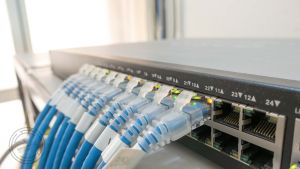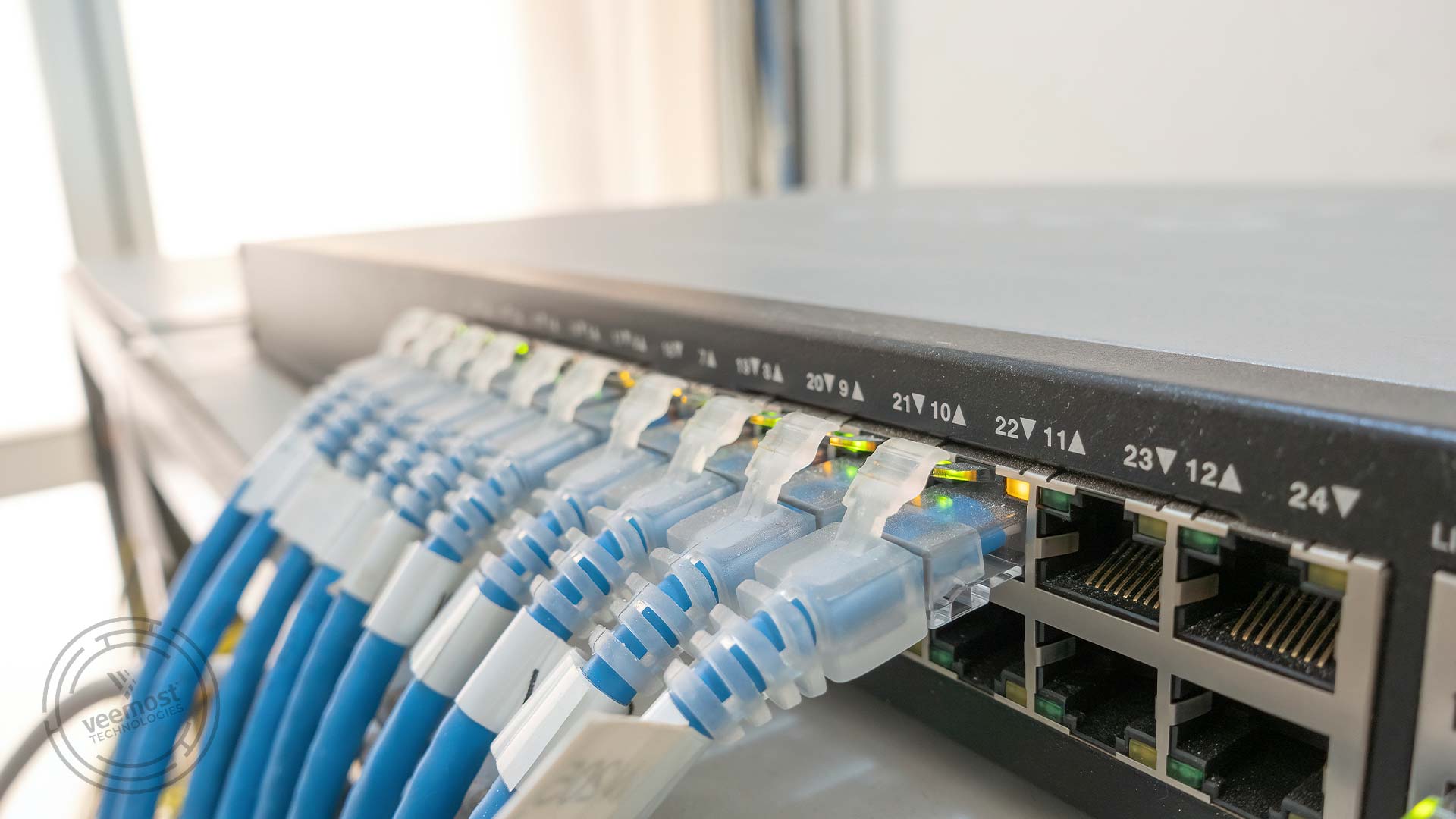Healthcare IT leaders are working hard to change the way they support their wireless networks. It’s an ever-complicated landscape with new device types being added regularly; everything from telemedicine consoles, guest devices, and connected healthcare equipment to sensors and more. This proliferation of devices is driving a dramatic increase in attached rates as well as the amount of data carried over the network.
Successfully operating a wireless network in this environment requires careful planning, smart spectrum management, and using the right tools to tackle interference and improve network performance. Many in the industry are now looking to Wi-Fi 6E for the answers, as it adds a new spectrum in the 6GHz band to support growing wireless needs.
Let’s take a more in-depth look:
Telemedicine
Doctors began leaning on video conferencing to communicate with patients during the pandemic. It worked so well that many patients and doctors now prefer video conferencing to in-person visits. They’ve realized it saves the healthcare facility time and money, and for the patient, it eliminates the stress of getting to the office, parking, and finding their doctor.
However, this causes an increased demand for bandwidth. Add in the need for high definition and you can see how it puts a strain on the network. With Wi-Fi 6E, compatible video conferencing devices, phones, laptops, and even XR devices can take advantage of the clean spectrum and higher bandwidth for seamless conferencing with patients, while not adding to congestion on the 2.4 and 5GHz bands. Additionally, WPA3 is standard on Wi-Fi 6E, and its more robust encryption (compared with WPA2) provides better security and compliance with HIPPA and other privacy regulations. Security teams love it!
Internet of Things (IoT)
Most wireless IoT devices run Wi-Fi 5 at best. When you have thousands of these devices on the network, they can crowd channels and clog up the wireless spectrum. This creates less than positive experiences across the board.
Additionally, healthcare is seeing a trend where even large devices are going wireless. Equipment such as X-Ray and MRI machines are connecting to the Wi-Fi network and consistently push several gigabytes of data at a time. It is these new use cases as well as more of the standard traffic that is forcing healthcare organizations to look at ways of advancing their wireless capabilities. Many are turning to Wi-Fi 6E and putting the most critical devices on the new band; equipment such as laptops, phones, and tablets to optimize hybrid work and employee experiences with latency-sensitive applications.
Wi-Fi 6E offers clear channels and spectrum that nearly eliminates co-channel interference while adding more bandwidth and higher throughput to optimize performance. It also frees up spectrum and channels, giving IoT devices better performance in the lower bands.
Guest wireless
Patients want access to information. Whether searching up specifics about a diagnosis or medication, confirming important appointment details, or looking to stifle boredom in the waiting room. Healthcare systems have long recognized this need and worked to give patients some level of wireless access, but it has not always been great.
Wireless onboarding is one of the primary challenges patients and visitors are faced with. As a result, many healthcare providers are deploying OpenRoaming for secure, seamless, and automatic Wi-Fi access. However, this brings on new network capacity challenges that come from an increase in devices joining the Wi-Fi network and an increase in data usage.
With the new 6GHz band, Wi-Fi 6E is a huge benefit for those with compatible devices. It solves the congestion issue by supplying a clean spectrum and increased speed to research, share, and stream all they want. And it also alleviates the strain on the 2.4 and 5 GHz bands—spreading devices across three bands makes wireless better for all.
Phone systems
Many healthcare providers have made the switch to smartphones for their ability to offer more than just voice calls. Caregivers use them for video chat, viewing medical images, interacting with medical devices, location tracking, and more. These phones primarily connect to Wi-Fi and as a result, need a clean spectrum to provide the best results. Wi-Fi 6E networks and compatible devices give healthcare staff the power they need to access mission-critical applications as they move about and care for patients.
Robotics
Wi-Fi-enabled robot greeters in emergency rooms are starting to gain in popularity and use for their ability to help quickly triage patients. A doctor can interview patients and get a general idea of their condition while they wait to be seen. This can be done at a distance; doctors, nurses, and front office workers do not even need to be in the building. It speeds up healthcare, helps prioritize patients, and can save lives.
Additionally, in the not-so-distant future, robots will perform medical procedures with remote surgeons operating them from anywhere in the world. These use cases require deterministic wireless capabilities, reliability, speed, and security, all of which can be done with Wi-Fi 6E.
Continuing down the innovation path
These are some of the use cases that healthcare organizations want to stay in front of. It’s not inclusive of everything but it gives a good picture of some of the challenges they face and how Wi-Fi 6E is helping them achieve their goals.
As we move forward, we’ll continue to see more wireless devices coming onto these networks. Wi-Fi 6E will help alleviate many of the challenges but new ones are just around the corner. The good news is that Cisco is innovating and leading the industry with future wireless capabilities and standards. This includes SLA-based Wi-Fi for near-zero latency, enterprise Multi-link Operation to support roaming, Multi-AP Coordination for SLA assurance, continued innovation with our device ecosystem partners to ensure fast, reliable, and stable connectivity, and more.
Source: blogs.cisco.com Credit@ Brett Shore











